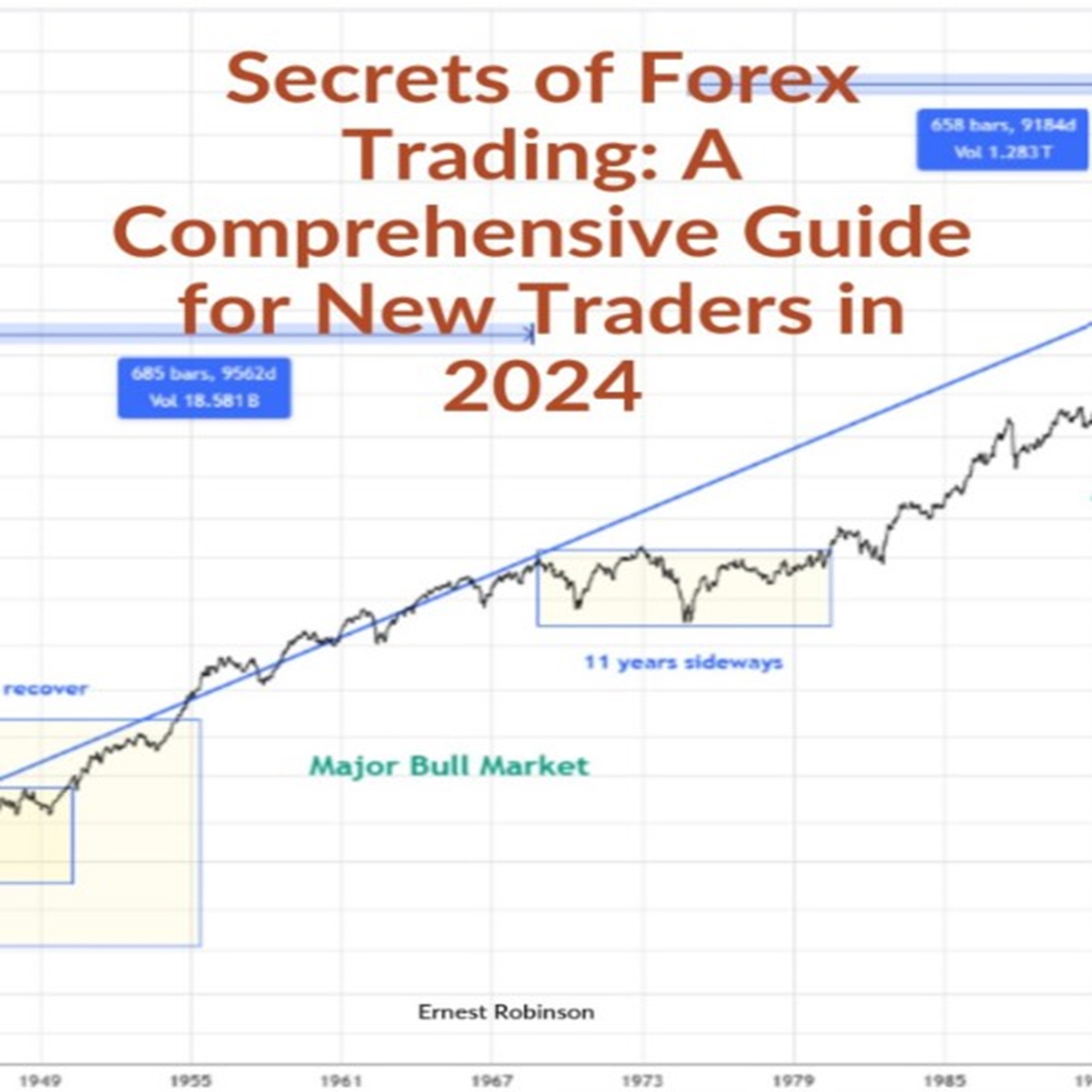
Forex trading, or foreign exchange trading, involves the buying and selling of currencies on the foreign exchange market with the aim of making a profit. It is the largest financial market in the world, with a daily trading volume exceeding $6 trillion. Unlike other markets, such as stocks or commodities, forex trading takes place over-thecounter, meaning it is conducted electronically via a network of banks, brokers, and individual traders. This decentralized structure allows for continuous trading 24 hours a day, five days a week, providing ample
opportunities for traders to engage in currency transactions from virtually anywhere. At its core, forex trading is based on the exchange rate between two currencies, known as a currency pair. Each currency pair consists of a base currency and a quote currency. The base currency is the first one listed, while the quote currency indicates how much of the quote currency is needed to purchase one unit of the base currency. For instance, in the currency pair EUR/USD, the euro is the base currency and the US dollar is the quote currency. Understanding how these pairs work is essential for any trader, as fluctuations in exchange rates can lead to potential profits or losses. Traders employ various strategies and analysis methods to navigate the forex market. Fundamental analysis focuses on economic indicators, interest rates, and geopolitical events that can influence currency values. On the other hand, technical analysis relies on historical price data, chart patterns, and indicators to forecast future movements. Many successful traders combine both approaches to enhance their decision-making process. Gaining proficiency in these analytical methods is crucial for identifying trading opportunities and managing risk effectively.